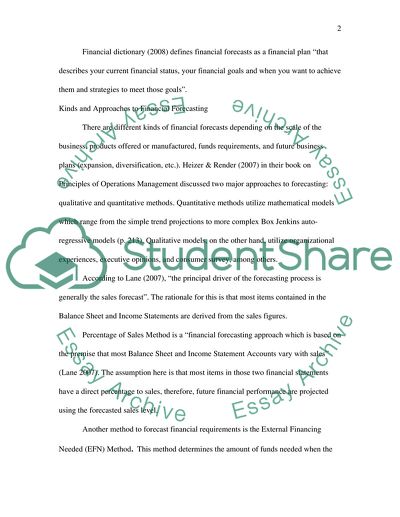Cite this document
(“Financial Forecasting In Business And Finance Research Paper”, n.d.)
Financial Forecasting In Business And Finance Research Paper. Retrieved from https://studentshare.org/finance-accounting/1723136-forecasting
Financial Forecasting In Business And Finance Research Paper. Retrieved from https://studentshare.org/finance-accounting/1723136-forecasting
(Financial Forecasting In Business And Finance Research Paper)
Financial Forecasting In Business And Finance Research Paper. https://studentshare.org/finance-accounting/1723136-forecasting.
Financial Forecasting In Business And Finance Research Paper. https://studentshare.org/finance-accounting/1723136-forecasting.
“Financial Forecasting In Business And Finance Research Paper”, n.d. https://studentshare.org/finance-accounting/1723136-forecasting.


